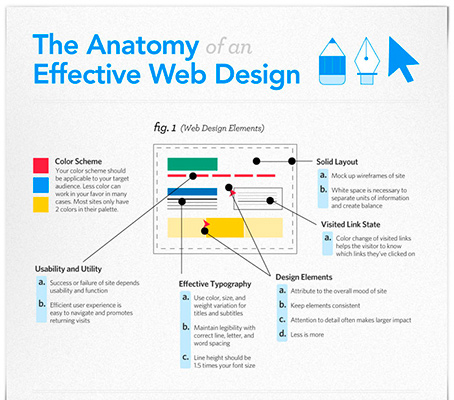Keen To Uncover How Site Layout Has Changed Over Time? Dive Into The Advancement From Simpleness To User-Focused Experiences
Keen To Uncover How Site Layout Has Changed Over Time? Dive Into The Advancement From Simpleness To User-Focused Experiences
Blog Article
Posted By-Hartley Bojesen
In the past, sites were easy and concentrated on info. Navigation was direct, and style was for desktops. Now, user experience is essential. Information overviews styles for very easy navigation. Responsive layouts suit different devices. Today, dark mode lowers strain, and minimalist menus improve navigation. Interactive functions involve customers, and bold visuals attract attention. AI combination increases engagement. See exactly how design has actually progressed to boost your online journey.
Early Days of Web Design
In the early days of website design, simplicity reigned supreme. Websites were basic, with restricted shades, typefaces, and layouts. The emphasis was on supplying details rather than flashy visuals. Customers accessed the net through slow-moving dial-up links, so rate and functionality were key.
Navigation food selections were straightforward, generally located at the top or side of the page. Internet sites were developed for desktop, as mobile surfing wasn't yet common. Content was king, and designers focused on simple readability over complicated style aspects.
HTML was the main coding language used, and developers needed to work within its restrictions. Animations and interactive functions were very little contrasted to today's standards. Sites were static, with little vibrant web content or customized individual experiences.
Rise of User-Focused Layout
With the evolution of site style, a change in the direction of user-focused layout principles has ended up being increasingly popular. Today, creating sites that focus on user experience is important for involving visitors and accomplishing company goals. User-focused style involves recognizing the requirements, preferences, and actions of your target market to tailor the site's layout, content, and features accordingly.
Designers currently perform extensive research study, such as customer surveys and functionality screening, to gather understandings and responses straight from individuals. This data-driven approach helps in creating user-friendly navigating, clear calls-to-action, and aesthetically attractive user interfaces that reverberate with visitors. By placing the individual at the facility of the style procedure, web sites can deliver a more customized and enjoyable experience.
Responsive design has likewise emerged as a vital element of user-focused style, making certain that sites are maximized for various gadgets and screen sizes. This flexibility improves accessibility and usability, catering to the diverse means individuals connect with sites today. In https://www.healthleadersmedia.com/strategy/best-strategic-marketing-innovations , the surge of user-focused layout symbolizes a change in the direction of creating digital experiences that focus on the requirements and expectations of completion individual.
Modern Trends in Web Design
Explore the most up to date trends forming web design today. One famous fad is dark setting layout, providing a sleek and contemporary appearance while minimizing eye stress in low-light atmospheres. An additional crucial trend is minimal navigation, streamlining food selections and boosting user experience by concentrating on essential elements. Incorporating micro-interactions, such as computer animated switches or scrolling impacts, can create a much more engaging and interactive web site. Responsive design stays important, guaranteeing smooth user experiences throughout different devices. In addition, using strong typography and unbalanced formats can include visual passion and accentuate certain web content.
Integrating AI modern technology, like chatbots for customer support or individualized recommendations, boosts customer involvement and improves procedures. Access has additionally come to be a considerable trend, with developers prioritizing inclusive design methods to satisfy diverse customer demands. Embracing sustainability by enhancing website efficiency for rate and efficiency is one more emerging fad in website design. Collaborating with individual responses and information analytics to iterate and boost design constantly is essential for staying relevant in the ever-evolving digital landscape. By embracing these contemporary fads, you can produce an aesthetically attractive, user-friendly site that resonates with your audience.
Verdict
As you reflect on the advancement of website style from the early days to currently, you can see just how user-focused design has come to be the driving force behind modern trends.
Embrace the trip of adjustment and adaptation in web design, always maintaining the user experience at the center.
Keep present with the current trends and technologies, and never quit developing your strategy to create visually stunning and user-friendly web sites.
Evolve, adjust, and develop - the future of website design remains in your hands.
